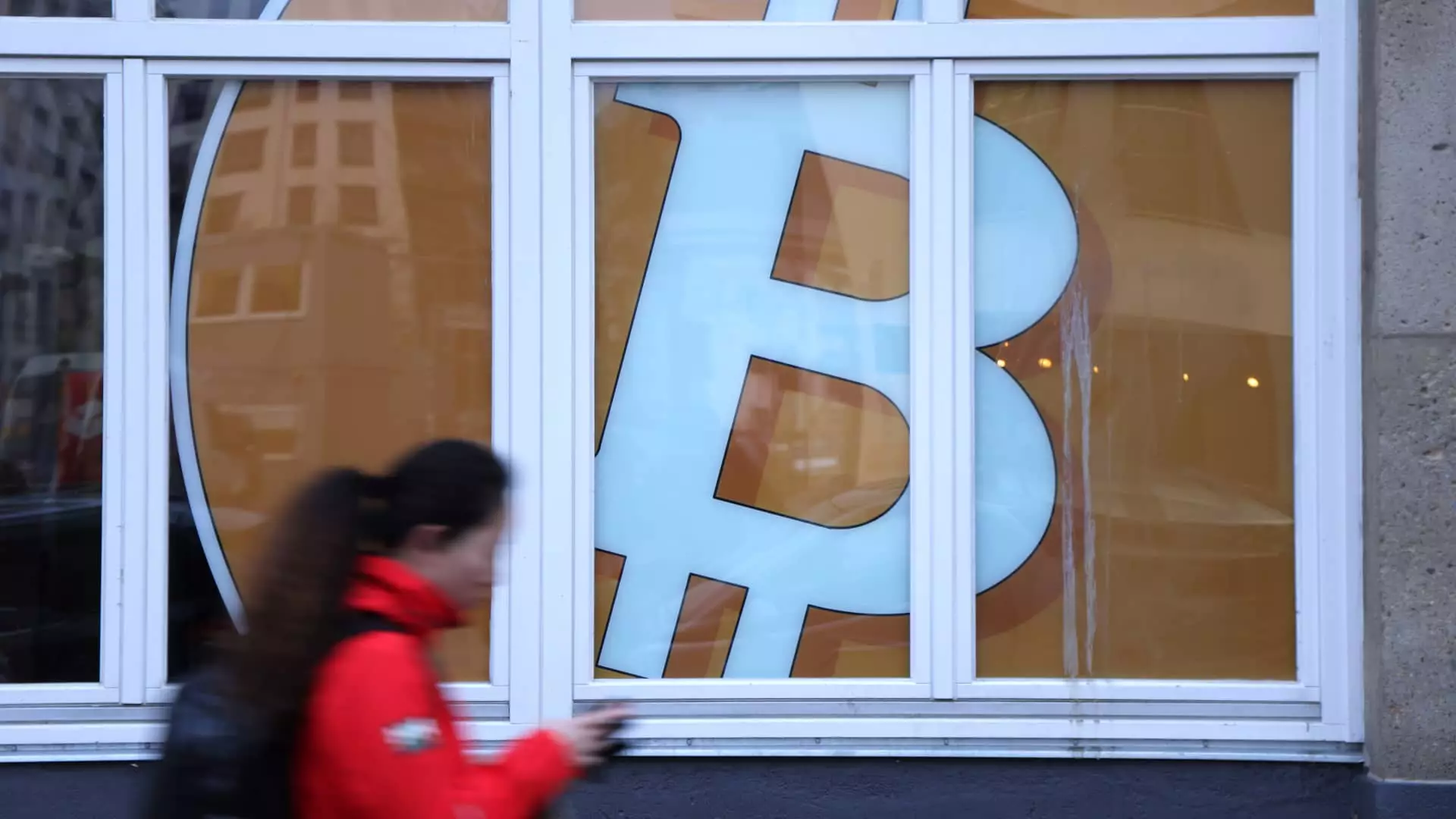Bitcoin, the world’s leading cryptocurrency, has once again displayed its volatile nature, catching investors by surprise. After a period of relative stability, Bitcoin experienced a sudden drop of up to 9% recently. While the crypto market had been plagued by mismanaged crypto lenders and other factors, the Federal Reserve’s stance on inflation and potential rate hikes had a significant impact on Bitcoin’s downward price pressure. This article explores the implications of the Fed’s decision, the market’s response, and the need for regulatory clarity in the crypto space.
Investors had initially believed that the Federal Reserve had finished its rate hiking campaign for the year. However, the minutes of the latest Federal Open Market Committee (FOMC) meeting released on Wednesday indicated that the central bank sees “upside risks” to inflation, which could lead to further rate increases. This revelation triggered Bitcoin’s decline and revived market volatility. Mark Connors, head of research at Canadian investment fund manager 3iQ, suggests that if the real rate environment remains elevated, the volatility in Bitcoin will persist. Connors emphasizes the impact of rising yields and the potential consequences, such as credit risk defaults, that may emerge as a result.
Until recently, market observers primarily focused on the benchmark fed funds rate. However, the crypto space now appears more concerned with “real rates,” which account for the difference between nominal rates and inflation indicators. Regardless of whether the Federal Reserve chooses to raise interest rates further, the emphasis on real rates reflects the crypto market’s commitment to combating inflation. This shift in focus indicates a transition into a new rate regime, which Connors considers a normal development rather than a manifestation of previous year’s bad behavior, which was characterized by unregulated actors and fraudsters.
The Importance of Regulatory Clarity
Investors anticipated a return of volatility once regulatory hurdles transformed into favorable conditions. This entailed the approval of an SEC-regulated spot bitcoin exchange-traded fund and the enactment of clear crypto legislation by Congress. Such developments would restore liquidity, which had diminished following the banking crisis in the spring, fostering better market functionality. Connors refers to the recent market decline as a “healthy bloodletting” that serves as a reminder of the necessity for regulation and the need to engage more active market makers. Regulatory clarity is crucial to enable institutional buyers to hold crypto assets, similar to the stable high-yield debt market of the 1980s.
Connors highlights the importance of having institutions with established long core holdings in stabilizing the Bitcoin market. Currently, institutions remain on the sidelines, awaiting regulatory clarity regarding the integration of cryptocurrencies into their business. The recent bitcoin ETF filings by industry giants such as BlackRock and Fidelity exemplify the urgency for clarity in order to attract capital and facilitate the necessary shock absorption. Once institutions can confidently invest in crypto assets, they can add to their holdings during market downturns rather than rebalancing them against equities. This dynamic would contribute to a healthier ecosystem for Bitcoin.
Bitcoin experienced a resurgence of volatility following concerns about potential rate hikes by the Federal Reserve. The market’s focus shifted towards real rates and combating inflation, emphasizing the need for a new rate regime. Regulatory clarity is essential to attract institutional buyers and stabilize the Bitcoin market. While the recent decline may be seen as a healthy correction, it underscores the importance of active market makers and robust regulations to ensure a more stable and functional crypto market.


Leave a Reply